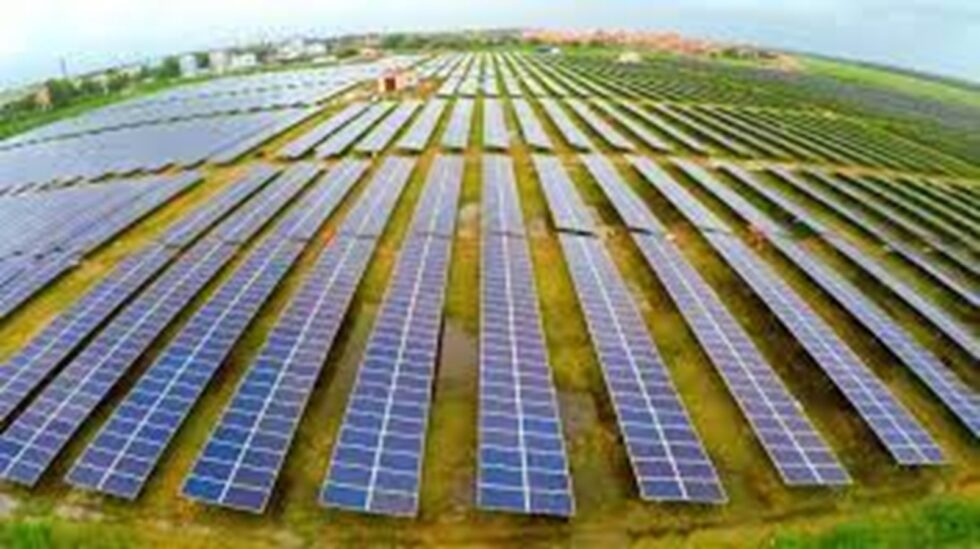
By Radhika Choudary
Director and Co-founder Freyr Energy
In August 2023, Kerala grappled with a severe power crisis triggered by an intense heat wave. Insufficient rainfall and escalating power consumption prompted the implementation of measures such as load shedding (managed power outages) and an increase in power tariffs to address the situation. In
an age where global temperatures are gradually rising, Kerala must proactively address future occurrences by making substantial investments in the solar power industry.
India, being the 3 rd largest emitter of greenhouse gas (GHG) emissions, faces a significant challenge in reducing its carbon footprint. The energy sector stands as the primary contributor to these emissions. In alignment with the commitment to achieve a Net-Zero target by 2070, which involves reducing carbon emissions to below 50% of the 2005 levels by 2030 and establishing carbon sinks through natural methods like afforestation and artificial methods like carbon capture, transitioning towards renewable energy (RE) becomes imperative. The Government of India has set an ambitious goal of installing 500
gigawatts of solar power by 2030 as part of these comprehensive efforts.
Kerala has invested significantly in producing renewable energy over the last 10 years due to its favorable geographical location. The technologically advanced state already has an extensive green energy production system in place in the form of harnessing thermal, wind, and solar energy. With 75 percent of the renewable energy capacity across the world being solar, a seamless transition from the electricity generated by non-renewable energy sources to solar energy is easier than ever. More residential houses, manufacturing units, commercial establishments, medical institutes, and educational institutions across Kerala can benefit from this transition.
Expanding the solar energy industry in Kerala, a premier tourist destination, brings numerous benefits. Hotels and restaurants utilizing solar power not only contribute to environmental sustainability by reducing their carbon footprint but also enhance economic efficiency. The affordability of solar energy, coupled with financing options such as collateral-free and no-cost EMI, has made it a financially viable choice. The declining costs over the years have made solar energy an increasingly attractive and sustainable investment for businesses in the hospitality sector.
The advantages of installing solar panels in households and businesses are multi-fold — This includes a substantial 90% reduction in electricity costs, the ability to generate individual electricity, a decrease in carbon emissions and a remarkable 25-year lifespan with a one-time installation and minimal
maintenance. Presently, India boasts a total installed solar capacity of over 70 GWs, with rooftop solar accounting for just 8.8 GWs (approximately 1.3 GWs added annually) and residential usage constituting a mere 5% of this total. The rooftop sector is anticipated to grow at a Compound Annual Growth Rate
(CAGR) of 20-25% over the next 5 years.
Kerala’s sustainable edge in the energy production industry is exemplified by the energy initiatives at the state’s Cochin International Airport, India’s first airport to run solely on solar energy through 46,000 solar panels. Measures can be taken to implement similar initiatives at other airports across the state.
Kerala also has a large floating solar project in the backwaters of Kayamkulam that generates 101.6 megawatts (MW) of electricity.
Based on the Power System Statistics Report for 2022-23 by the Kerala State Electricity Board Limited (KSEBL), renewable energy production in the state has tripled over the past decade. A survey conducted in April 2023 revealed that Kerala’s energy demand has surpassed 100 million units and is projected to continue rising. The increasing adoption of solar energy is attributed to factors such as government subsidies, growing awareness among consumers, and the availability of financing options.
The need of the hour is the installation of more renewable energy systems across the growing number of households and businesses in the state. By the end of 2022, KSEBL had installed rooftop solar panels in 400 homes, with a plan to have another 800 homes fitted with the solar energy system by the end of 2023. Year after year, India has been gaining significant ground in encouraging citizens to make the shift from coal and petroleum-based sources of energy to solar power due to the abundance of this renewable and clean resource.
Under the Make-in-India program, the Government of India has recently agreed to implement a policy that will require solar panels to be fitted with domestically manufactured cells, wafers, and polysilicon to be registered under the Approved List of Models and Manufacturers (ALMM). The policy was
formulated to focus on building and strengthening the solar industry’s domestic manufacturing capacity under the guidance of the Minister for the Ministry of New and Renewable Energy, R. K. Singh. The Government of Kerala’s efforts to nurture its growing solar energy industry will help the state achieve its power requirements, thus getting closer to reaching national solar generation goals.




